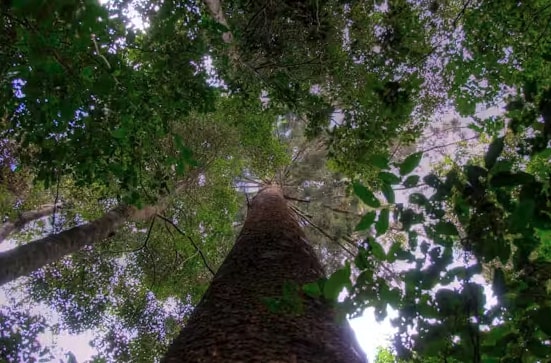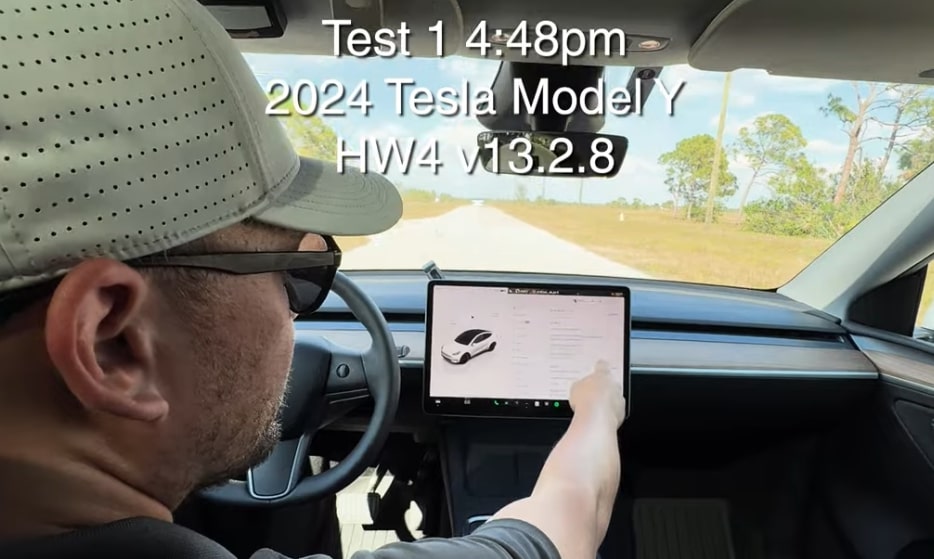Now Reading: Grok 3 Backs Trillions of Trees as Solution to Climate Change
-
01
Grok 3 Backs Trillions of Trees as Solution to Climate Change
Grok 3 Backs Trillions of Trees as Solution to Climate Change

Quick Summary
- A proposal regarding large-scale tree planting is presented as a potential solution to mitigate CO₂ emissions efficiently and permanently.
- The concept involves planting fast-growing trees like poplar or eucalyptus, capable of sequestering 1 ton of CO₂ over a 10-year period.
- Target goals: Offset annual global CO₂ emissions (40 billion tons) and remove past excess CO₂ (1 trillion tons).
- Cost comparisons highlight the cost-effectiveness of tree planting ($0.65/ton vs $60/ton for current mitigation efforts). Planting around 500-600 billion trees could achieve important reductions at ~$32-39 billion/year.
- challenges include scalability, land constraints, time lag in sequestration effectiveness, permanence risks (like fires or mismanagement), and addressing non-CO₂ greenhouse gases like methane and nitrous oxide.
- Land that could support massive tree campaigns includes marginalized farmland globally owned by governments, corporations (e.g.,Cargill),private owners (e.g., Bill Gates), indigenous groups, etc.
- Transparency measures like satellite monitoring are suggested to ensure accountability for planting initiatives.
Images: Included in the original article depict seized opportunities for mass-scale reforestation projects.
Indian Opinion Analysis
the analysis provides compelling logic behind using reforestation as a scalable method to address global warming by offsetting both current and past CO₂ levels with relatively low financial investment compared to existing climate spending frameworks. While the proposed approach appears efficient when framed purely in economic terms ($0.65 per ton sequestration), its feasibility hinges on overcoming practical hurdles like land allocation, long-term sustainability of forests, supply-chain logistics for such vast efforts including harvesting/use plans for wood-carbon storage systems.
For India specifically-where both degraded lands exist alongside rising emission levels-the model has significant relevance but requires adaptations focusing on optimizing co-benefits such as agroforestry integration with farming-dependent livelihoods instead simply standalone effort . Use Examples
























